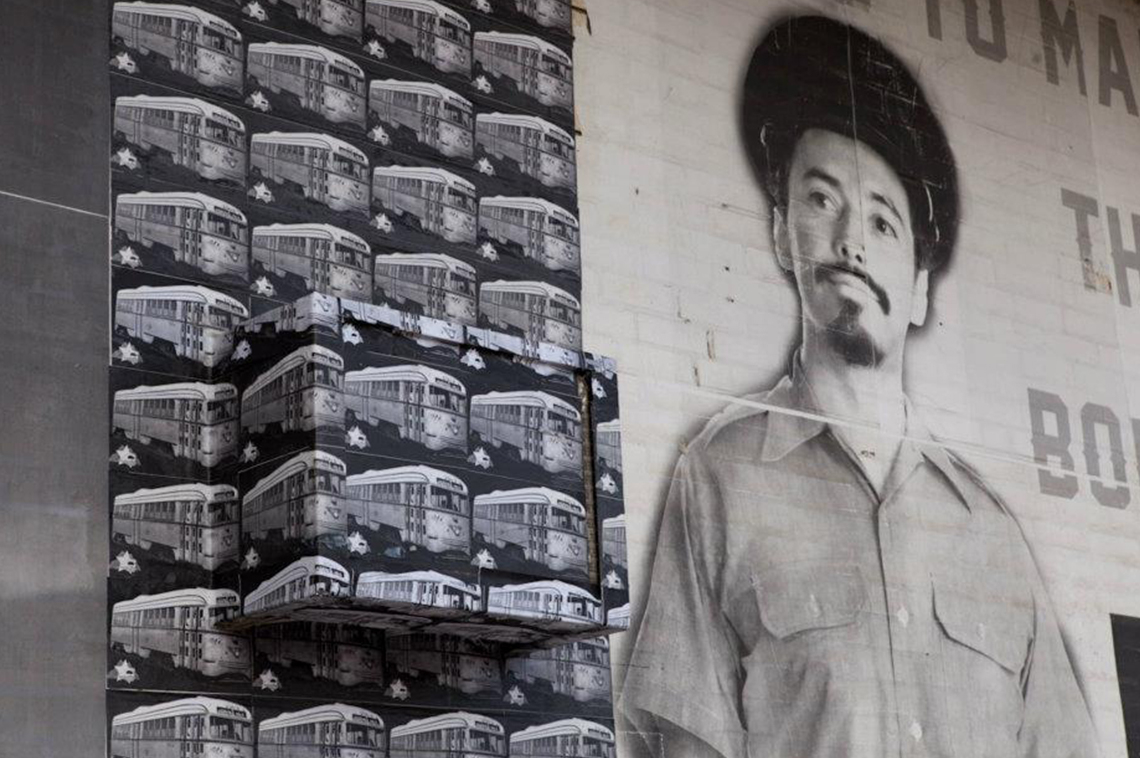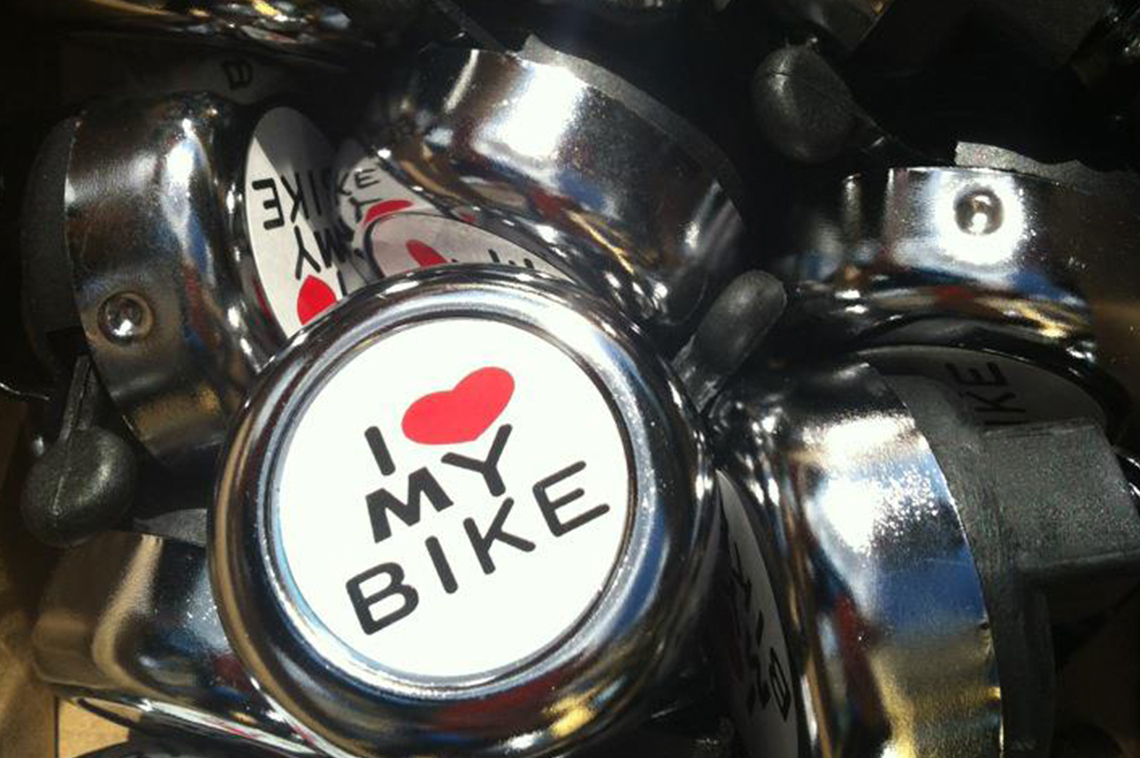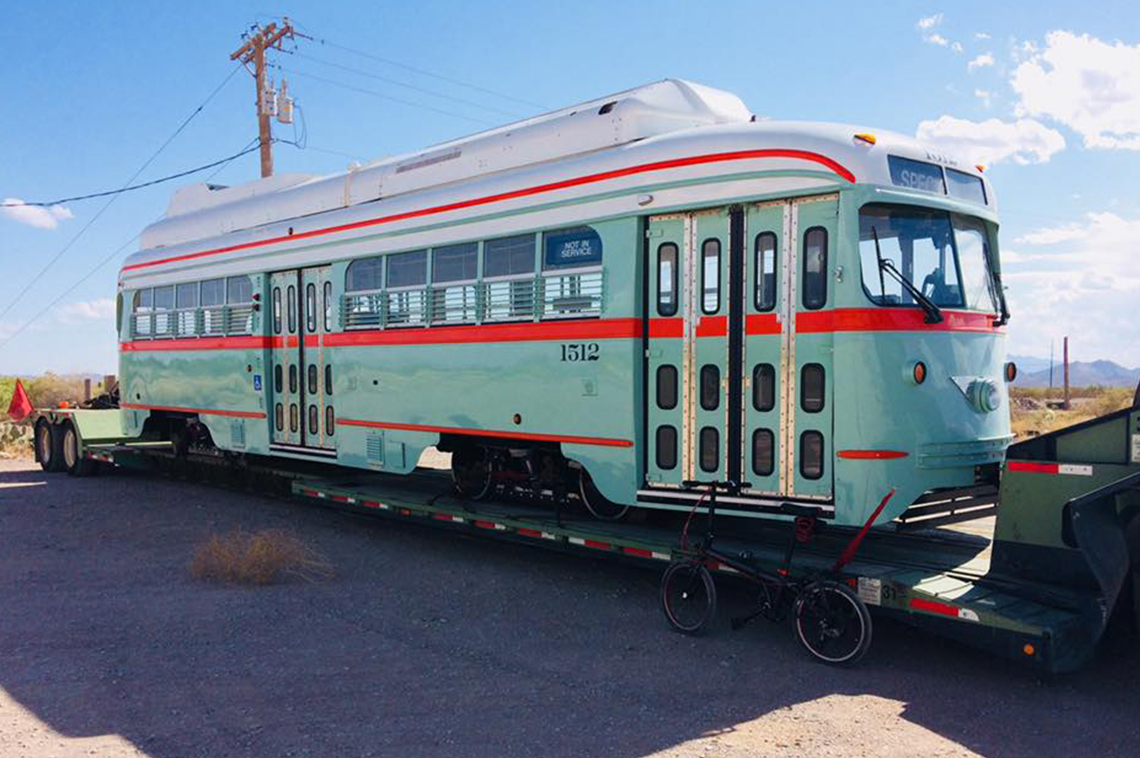


In 2017, ArtPlace began a partnership with Transportation for America (T4A) to lead our transportation sector field scan research and to co-convene our transportation working group. We are continuing to work with T4A to develop creative placemaking resources for state-level transportation officials.
But even as our collaboration progresses, our work is already bearing fruit of many kinds—including the report “Arts, Culture and Transportation: A Creative Placemaking Field Scan.” (ArtPlace-commissioned field scans are an ongoing effort to survey and analyze projects, research, policies, and institutions—and publicize interviews with thought leaders, practitioners, and community members—involved with all the sectors in our Community Development Matrix.)
This field scan shows how transportation systems are a powerful tool that are, can be, and should be used to improve community health and safety—as well as to help people access opportunity, drive economic development, and build the civic and social capital that binds neighbors together—especially when they are informed by creative placemaking processes. Like all our field scans produced thus far, it illustrates the efficacy of ArtPlace’s raison d'être: that arts and culture practices possess tools, knowledge, and skills that can be deployed within all community planning and development sectors to improve outcomes for both individuals and whole communities.
In light of our blog’s focus on health this month, we want to highlight a case study from “Arts, Culture and Transportation” that typifies the rich connections between mobility, health, and creative placemaking: Boogie Down Rides. A summary from the report:
An artist-led bicycling and art project in the Bronx has brought bicyclers and advocates together to highlight the need for more bicycle infrastructure in the borough.
A joint report released by the New York City department of Health and Mental Hygiene and other agencies found that from 1996 to 2005, Hunts Point in the south Bronx was one of three locations citywide with a high rate of fatal bike crashes, while central Bronx was noted as one of the top three areas with a concentration of injuries to cyclists. While some safe bicycle infrastructure has since been added in this area, other boroughs received overwhelmingly more bicycling-related development. Even within the Bronx itself, the majority of the dedicated bike lanes are concentrated in the north and east Bronx, while the south Bronx has historically experienced a higher rate of poverty and unemployment, and more limited infrastructural investments. Given comparatively low ridership, it’s been challenging for the Bronx to argue for the need for plentiful bike lanes and bike parking.
When artists and south Bronx residents Elizabeth Hamby and Hatuey Ramos-Fermín were invited by the arts organization No Longer Empty to participate in This Side of Paradise in 2012, an exhibition in a vacant building in the south Bronx, they focused their lens on transportation and bicycling. The artists presented “IRT”, a multi-model installation and public engagement project exploring transportation issues in the Bronx. The artists quickly connected to active transportation advocates, public health professionals, and residents, and built a network, organizing a calendar of over 20 events like Bronx-based rides, workshops, and celebrations, including the festival Boogie on the Boulevard. Hamby and Ramos-Fermín wanted to hit the ground hard with “an aggressive calendar of events to build visibility in the community,” Hamby said.
When asked how art helped centralize a focus around cycling in the borough, she explained that “because of the utility of streets and the way that we use them in our daily lives, they can become invisible as public spaces…When you put a frame around transportation—like an art project—it makes that connection a lot more legible.”
Boogie Down Rides not only convened residents during the duration of the project but also intentionally served as a catalyst for ongoing advocacy. … A ride on the South Bronx River Greenway motivated community members to work with the artists to create a set of recommendations. Those recommendations were presented in a video of interviews with riders during the South Bronx River Greenway ride, including adding signage, curb cuts, ramps, striping, repairing sidewalks, recalibrated traffic signals, artwork along routes, and creating pedestrian bridges.
Hamby explains that as a result of the rides, the local chapter of Transportation Alternatives reignited, and that the capstone event of the programming, Boogie on the Boulevard, was a key component of helping the NYC Department of Transportation think about the redesign of Grand Concourse, an historic thoroughfare in the Bronx.
Ultimately, the project served as a catalyst that galvanized Bronx riders around a central rallying cry of the Boogie Down Rides manifesto: “Bicycling together creates a temporary mobile community.” This community of Bronx cycling advocates has grown well beyond the run of the initial project. “The most important thing the project achieved,” says Hamby, “was a network of people who can collectively advocate for anything they want.”
On another transportation-related note this month, ArtPlace is thrilled to be supporting the wave of artists-in-residence at transportation agencies across the country, including at the Washington State DOT (the first statewide agency to host an AIR), and others coming soon. Read more about the impact AIRs are having on state and city DOTs around the USA.





